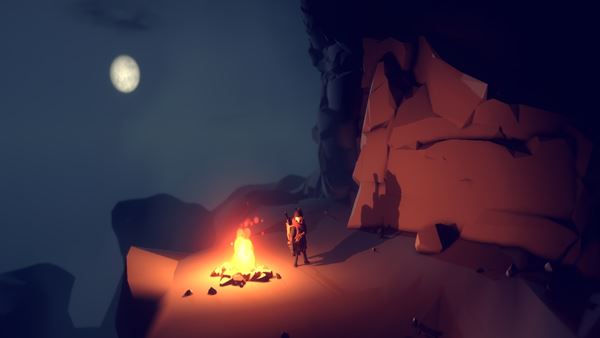
Its story of a young couple in 1960s New York City unspools like a soap opera, with the pedestrian pace of the everyday. This sci-fi mind-bend, which launched a thousand questions-and a thousand super-analytical answers-remains visually mandarin and magisterial, a monolith of a movie.

Another matter entirely is 2001: A Space Odyssey. This was Roman Polanski’s Rosemary’s Baby.įifty years later, Romero’s zombies have their own maggoty territory in television’s lineup of horror, while Planet of the Apes is a film franchise re-invigorated by motion-capture recording (the last eight years have seen the “Rise of,” the “Dawn of,” and the “War for”). The fourth picture, set in a Manhattan apartment building of Victorian vintage, hugged close to the hearth-too close-and is the only one of these four films framed through the eyes of a woman. The marriage ends in divorce, and the bottom line is: Evolve or die out. Stanley Kubrick’s 2001: A Space Odyssey, after presenting its own ensemble of prehistoric hominids, made a stylish marriage between speed-of-light technology and mankind. Gorillas, chimps, and orangutans rule the world. Schaffner’s Planet of the Apes envisioned a future in which Homo sapiens, having destroyed its own civilization through nuclear war, is relegated to the bottom rung of a new dominance hierarchy.

Unapologetically gruesome, its story of reanimated corpses who hunt meals of live human flesh rattled adults and left children in tears.

#LITTLE DEVIL INSIDE SPEED RUN MOVIE#
Romero’s Night of the Living Dead was a black-and-white B movie with a bled-out complexion. The year 1968 saw the premieres of four films that are now cult classics, each one dancing with doom.


 0 kommentar(er)
0 kommentar(er)
